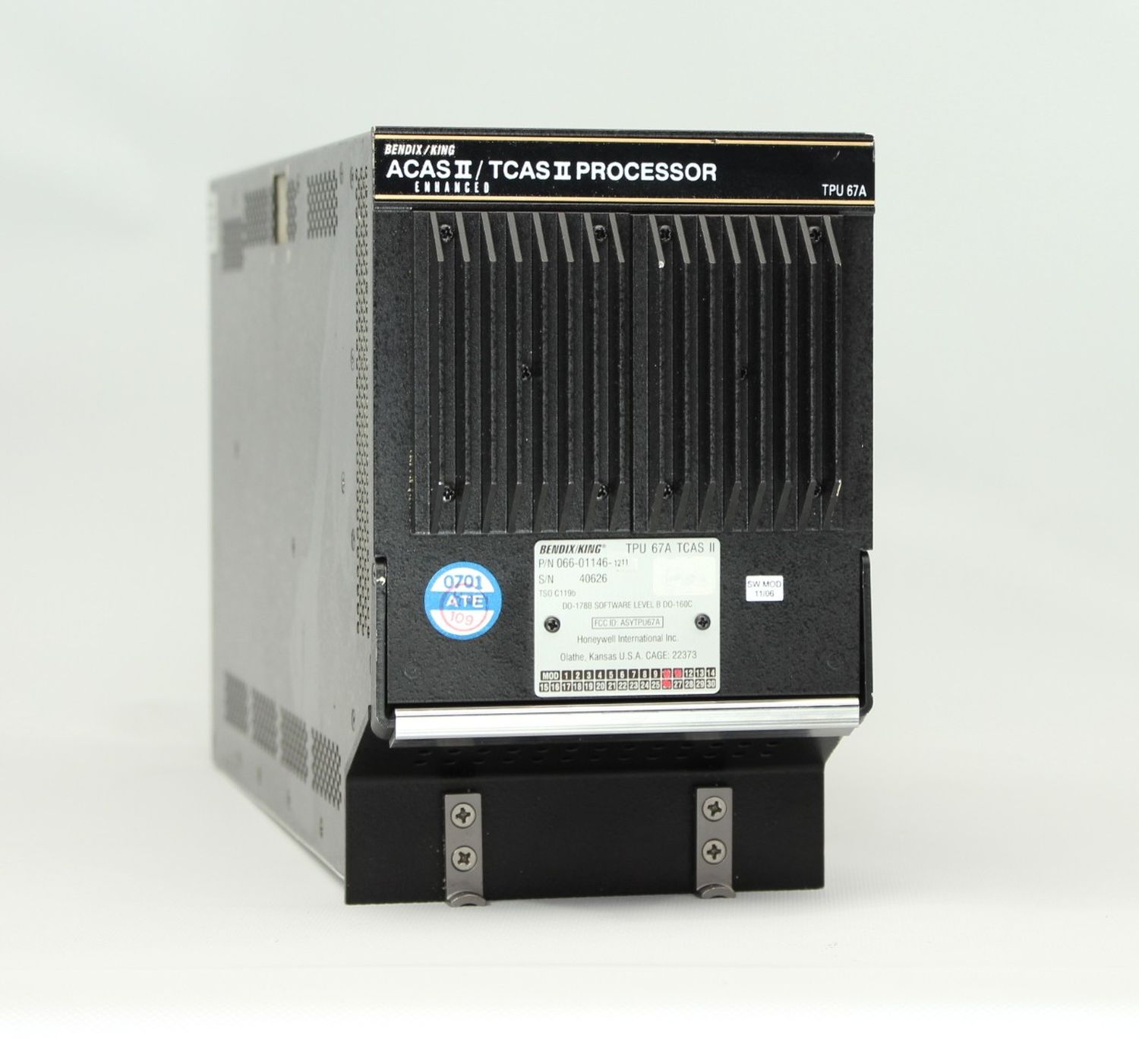Argentina’s ANAC moves to enforce ACAS II/TCAS II version 7.1 compliance for enhanced air safety
Argentina’s National Civil Aviation Administration (ANAC) has requested operators to report on their compliance with the ACAS II/TCAS II version 7.1 system, aligning local regulations with ICAO standards. This safety upgrade, mandatory for turbine-powered aircraft exceeding 5,700 kg or carrying more than 19 passengers, aims to enhance collision prevention but comes with significant implementation costs
The National Civil Aviation Administration (ANAC) of Argentina is expected to issue a communication to aircraft operators, requesting information about their compliance with the ACAS (Airborne Collision Avoidance System) II/TCAS (Traffic Collision Avoidance System) II version 7.1, in line with Annex 6 of ICAO standards. This requirement applies to turbine-powered aircraft with a maximum takeoff mass over 5,700 kg or capable of carrying more than 19 passengers.
In an official document dated January 9, 2025, ANAC stated it is updating RAAC 121 and 135 regulations to align with international standards. To support this, the agency has asked operators to submit their estimated timeframes for installing the ACAS II/TCAS II version 7.1 system in affected aircraft within five calendar days.
If no response is received within the deadline, ANAC will assume the aircraft meet the requirements. Operators unable to comply immediately must conduct an operational safety assessment, identifying hazards and analyzing risks associated with operating under current conditions.
What is ACAS II/TCAS II version 7.1?
ACAS II/TCAS II is an internationally recognized system for airborne collision avoidance. It helps prevent mid-air collisions by issuing alerts to pilots and suggesting evasive maneuvers. Version 7.1 includes significant enhancements:
- Automatic reversal: Introduces corrective logic for situations where maneuvers do not follow initial recommendations.
- Clearer commands: Simplifies instructions with direct alerts, such as "Level off, level off."
- Reduced false alarms: Improves system accuracy in high-traffic airspace.
Sources within Argentina’s aviation industry have pointed out that implementing this system is highly expensive. In some cases, the cost of installation and equipment may exceed the value of the aircraft itself.
This initiative aims to align Argentina’s aviation regulations with global standards while minimizing industry disruptions. Operators must act quickly to ensure a smooth transition. ACAS II/TCAS II version 7.1 has become a critical tool for enhancing air safety, mitigating risks, and preventing mid-air collisions.


Comentarios
Para comentar, debés estar registrado
Por favor, iniciá sesión